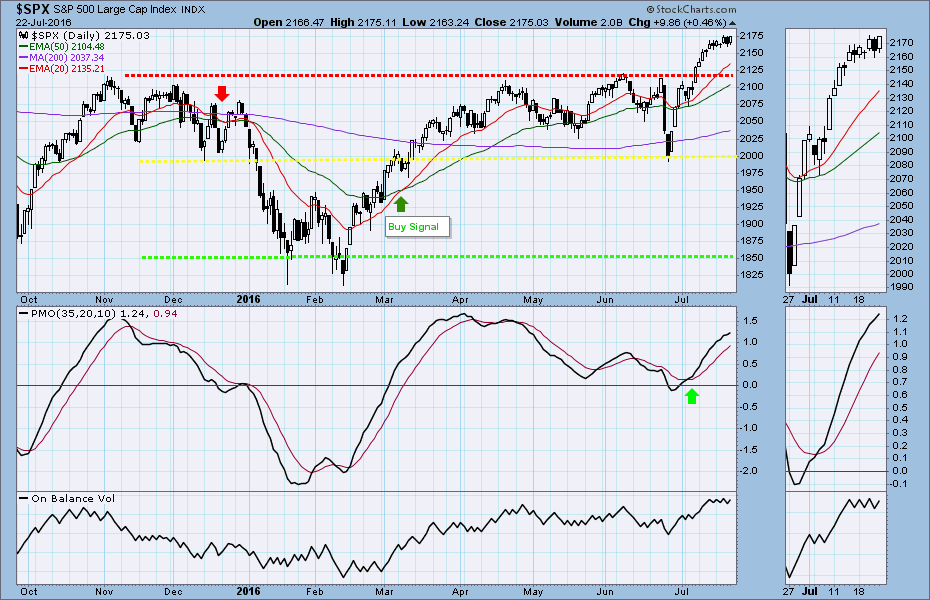Chicago, that toddlin’ town. Bet your bottom dollar you’ll lose the blues. And maybe your house.
The dwindling number of people who still live in Cook County, Illinois — essentially the city of Chicago — got their property tax bills a couple of weeks ago. Boy, are they pissed.
Too bad for them, did I hear you say?
Well stick around, because the combination of fiscal mismanagement, political cowardice and financial myopia sinking Chicago is coming soon to your town. It may be there already.
The problem is pensions for public employees, especially (in cities) pensions for cops, firefighters and teachers. More and more cities simply can’t afford to pay them.
Promises made, debts unpaid
Politicians will promise anything — literally — to get elected, hoping the voters will forget those promises when the next election rolls around.
Usually they’re right. But public employee pensions aren’t easily forgotten; they are enshrined in contracts that — as Chicago has now learned after years of litigation — will be enforced by the courts.
And when the day of reckoning finally arrives the cost of making good on all the forgotten promises and skipped payments will be enough push some communities into bankruptcy. Think Detroit.
This is due in part to the structure of public pensions, which typically guarantee a certain level of benefit, in comparison to private pensions, which typically guarantee a certain level of contributions. You know which one costs more.
It is partly due to the Federal Reserve’s interest rate policies, which have made it virtually impossible for pension funds (and everyone else) to earn a reasonable return on investments.
(Pension fund managers like to think they will to earn 5% to 8% on their capital each year; last year Calpers, the largest public pension fund in the country, earned 0.61 %.)
And it is partly due to the generations of political leaders of all stripes who failed to fund the promises they made. Instead they just kicked the can down the road, at great cost.
(Something in excess of two-thirds of your pension comes from compounded returns on the money put into the fund. So over decades a failure to make a relatively small contribution at the beginning reduces the payout by about three times as much at the end.)
What happens next?
Over the next 10 years hundreds of communities, like Chicago, will have to choose some combination of three bad alternatives:
- Stiff their employees by cutting their payments to retirees, to the extent the courts will let them. In Illinois, the courts have held that the government has to pony up in full;
- Stick it to the taxpayers in the form of very large increases in property taxes. Some homeowners in Chicago found they were paying five times as much when the July bill came out, with another increase due next year. Some say they will lose their homes;
- Cut back on municipal services like police, schools, roads and water treatment. The fun stuff.
The effect of all this is easy to predict. People will vote with their feet.
Chicago has lost 750,000 residents since 1992; the current population is less than it was in 1920. Detroit, the other poster child for bankrupt cities, has gone from 2 million people to 1 million in the past 20 years.
Those who stay will find the value of their homes dropping. When everybody is selling, prices go down; and houses in cities with high taxes and poor services don’t attract premium prices.
It might be time to get outta town.
The Markets
The S&P500, the large-cap index of US equities, closed at 2175.03 last Friday, up 13.29 points for a 0.6% weekly gain. It closed at an all-time closing high – again – on Friday.
This week: The FOMC announcement is on Wednesday and the associated rumour will likely roil the markets, although no rate increase is expected. The market will also be watching the Jobless Claims on Thursday.
The short term has an extremely overbought condition. The market has been in rally mode for 13 of the past 18 trading days, up 184 points from June 27’s low at 1991 area, and it may soon pause.
We may see more consolidation and a round top pattern below 2190 this week. However any minor short-term pullback shouldn’t do any damage to the long term uptrend.
Today: The S&P500 mini-futures (ESU6). A narrow range, with slow action and low volume, is typical summer trading. However the trend is up and bullish and there is continuing buying on dips.
2156-55 is a control line for today. As long as ES holds above it, the futures are likely to repeat last Friday’s range (2170-2155).
Our trading: Sell on any early strong rally and buy on later weakness.
Major support levels: 2146-43.50, 2133-28.50, 2103.50-00.75, 2093.50-92
Major resistance levels: 2164-68, 2180-85, 2196-93, 2210-12
Be sure to visit www.naturus.com for more weekly analysis of gold, oil and the S&P. It’s free.





